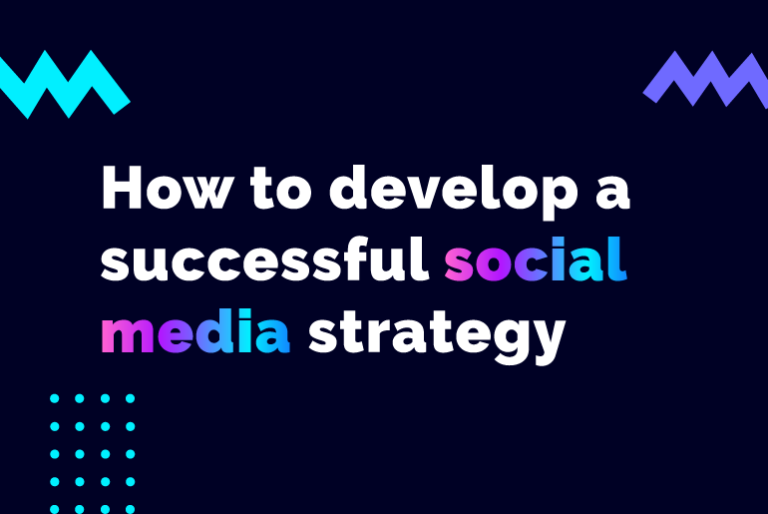ChatGPT is a powerful language model developed by OpenAI that can generate human-like text. However, as with any technology, there are certain pitfalls that users should be aware of when using it.
There’s no doubt this is a highly intelligent tool, ready to be used in some capacity but it’s not something we think is ready for agency use. So, with so much talk on LinkedIn about ChatGPT and how it could revolutionise the world of marketing, here’s the top 5 negatives we think need addressing before we can start to adopt this new technology.
1. Biass
One pitfall is the model’s tendency to generate biassed or offensive content. Since ChatGPT is trained on a large dataset of internet text, it may have learned biases and stereotypes that are present in the data. This can lead to the generation of offensive or discriminatory language. To combat this, users should be aware of the potential biases in the model and actively work to mitigate them by providing diverse training data and using bias-correction techniques.
2. Over-reliance
ChatGPT’s ability to generate human-like text can make it easy to rely on the model to generate content without proper editing and fact-checking. This can lead to errors and inaccuracies in the generated text. To avoid this pitfall, it’s key that users always review and edit the text generated by the model before using it in any critical application but then that’s relying on there being no human error.
3. Plagiarism
Since ChatGPT generates text that is similar to existing text, there is a risk that the generated text may be considered plagiarism. To avoid this, users should be aware of the source of the text generated by the model and properly cite any sources used – something not easily achieved.
4. Too general
ChatGPT is a large model trained on a wide range of text, it may not have the specialised knowledge required for certain tasks and so users should be aware of the model’s limitations and use it in tasks that are appropriate for its level of expertise.
5. Lack of understanding
Finally, it’s important to keep in mind that ChatGPT is a machine learning model and it will not have the same level of understanding and ability to reason as a human. It can generate text based on patterns it has seen in its training data, but it doesn’t understand the meaning of the text it generates. Therefore, it should not be used to make critical decisions or in situations where a high level of understanding is required.
Summary
Anyone using this tool needs to be aware of potential biases and inaccuracies in the model, and actively work to mitigate them but that does leave a big risk especially when working for a third-party. They should also be aware of the model’s limitations and use it in appropriate tasks. Additionally, it is important to review and edit the text generated by the model before using it, and to properly cite any sources used to avoid plagiarism. As with any technology, it is important to use it responsibly and with caution.









